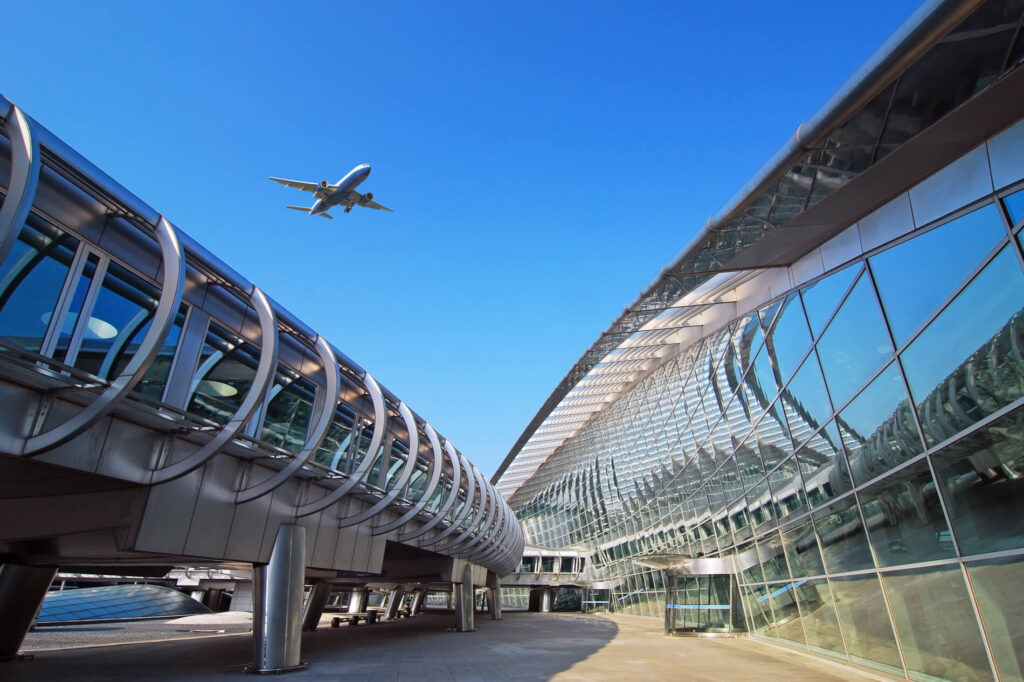When airlines grounded numerous flights in March and April 2020, they left little incentive for going to airports if one was not boarding a repatriation flight. Thus, airports lost the most crucial element in their revenue stream – passengers. While cargo has provided some relief, it was peanuts compared to the income that passengers would usually bring.
London Heathrow Airport (LHR), for example, not only lost its place as a leading European hub, it also lost a lot of revenue. According to LHR’s H1 2020 financial report, its revenues dropped by 51.3% compared to the first six months of 2019, going down from £1.4 billion ($1.9 billion) to £700 million ($956 million). Comparing Q2 2020 versus Q2 2019, the drop is even more substantial – from £782 million ($1.06 billion) to £119 million ($162.6 million) – 84.8%.
In other regions, the pain was further exacerbated due to even stricter restrictions of international travel. Both Singapore Changi Airport (SIN) and Hong Kong International Airport (HKG) lost as much as 92% and 86% of their scheduled seats in October 2020, respectively, according to OAG Scheduled seat data.
Will the crisis lead to a change in how these airports operate? Will the current situation only accelerate a future, where point-to-point prevails, or will the world’s largest hubs will hold out and only strengthen their position? We talk to John Grant, who is the chief analyst at OAG, and find out what is the current status of the world’s leading mega hubs and what does the future hold for them.


